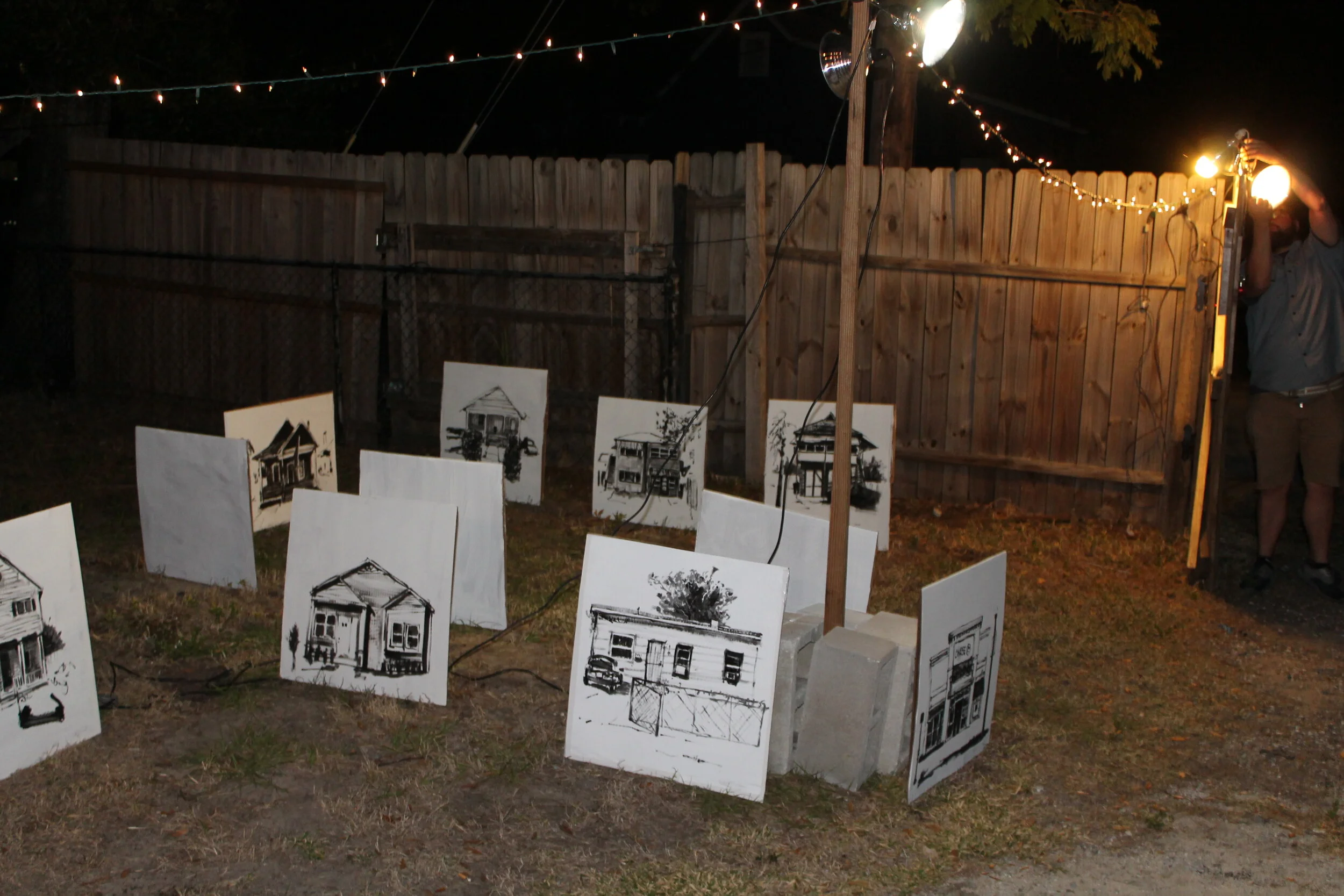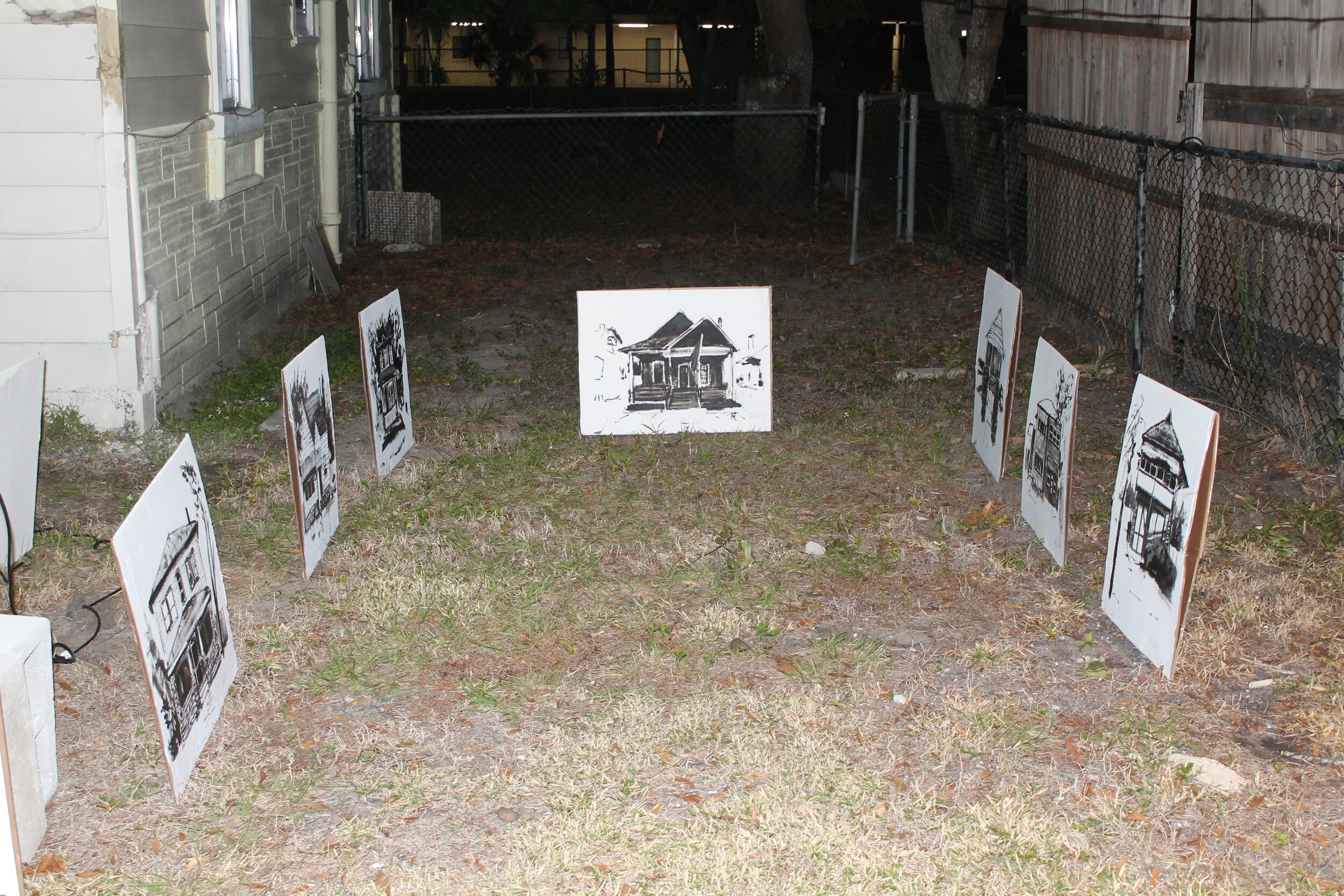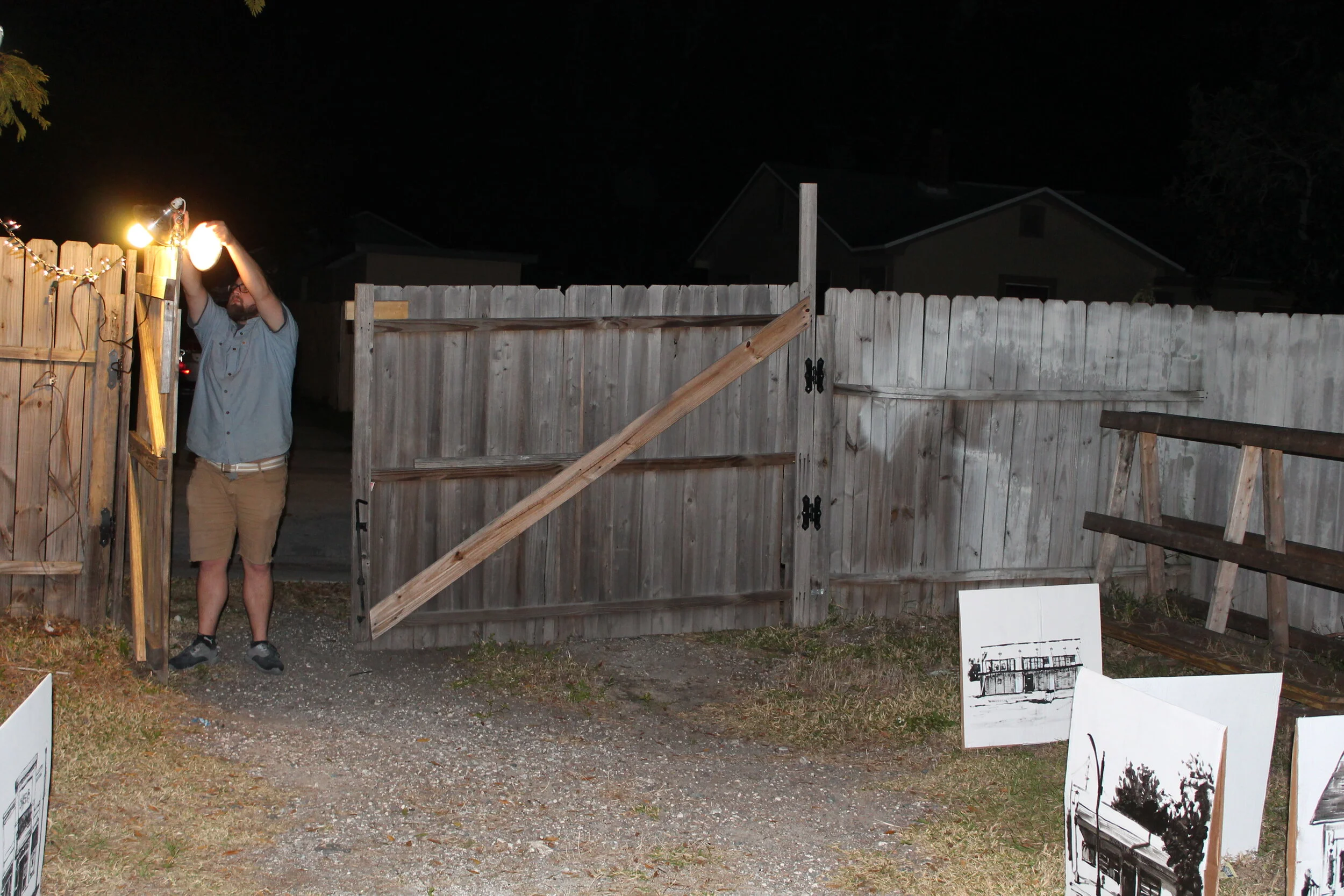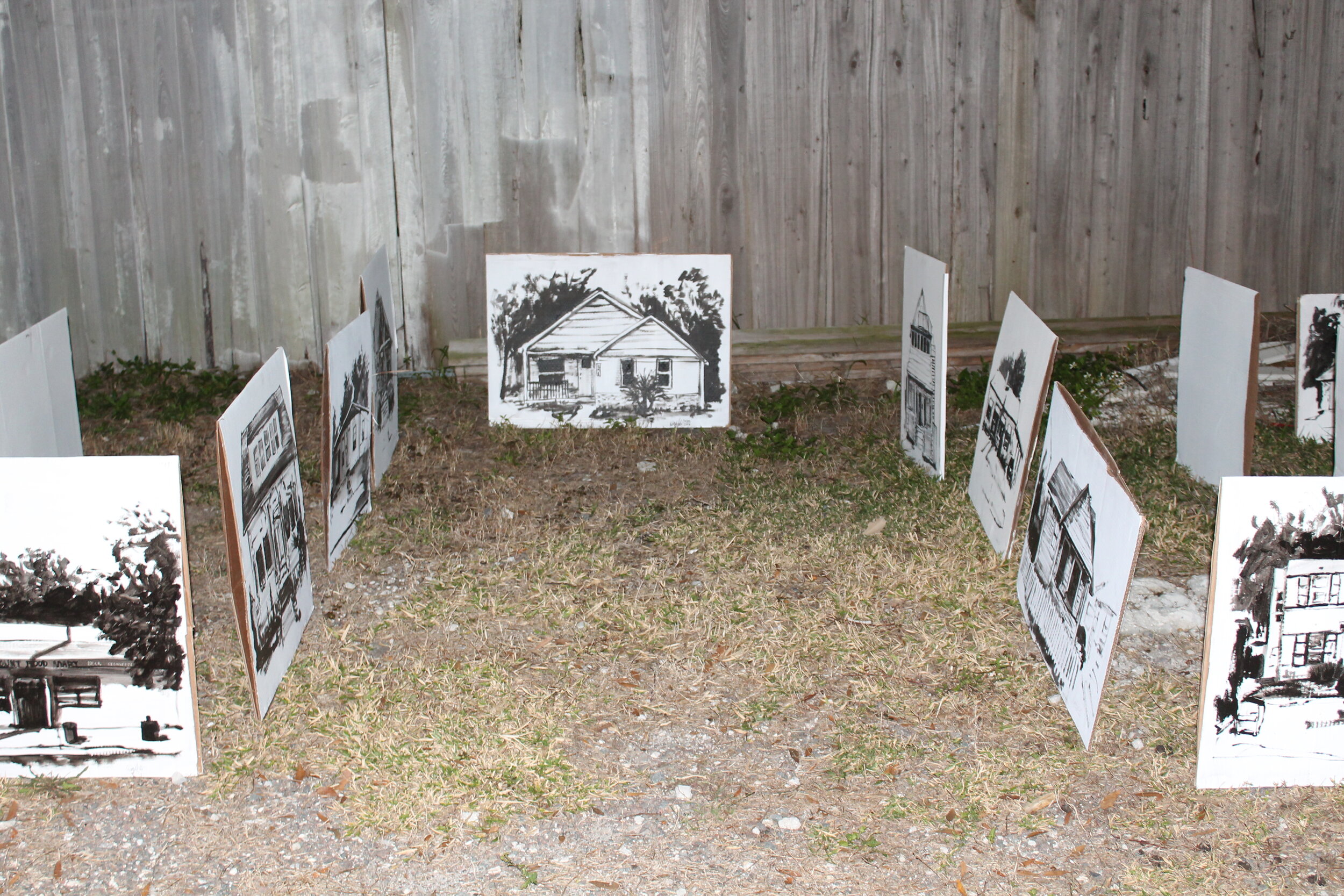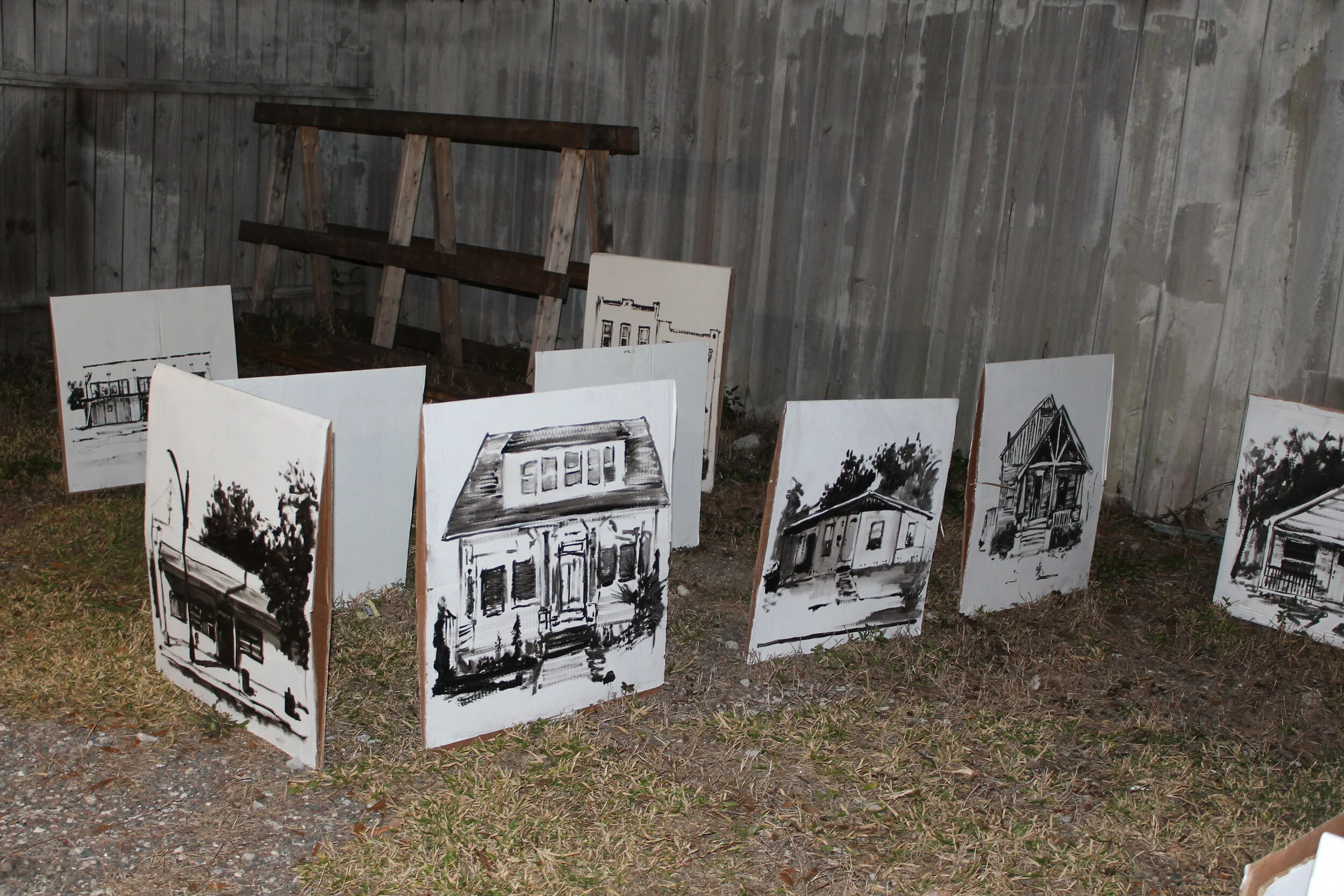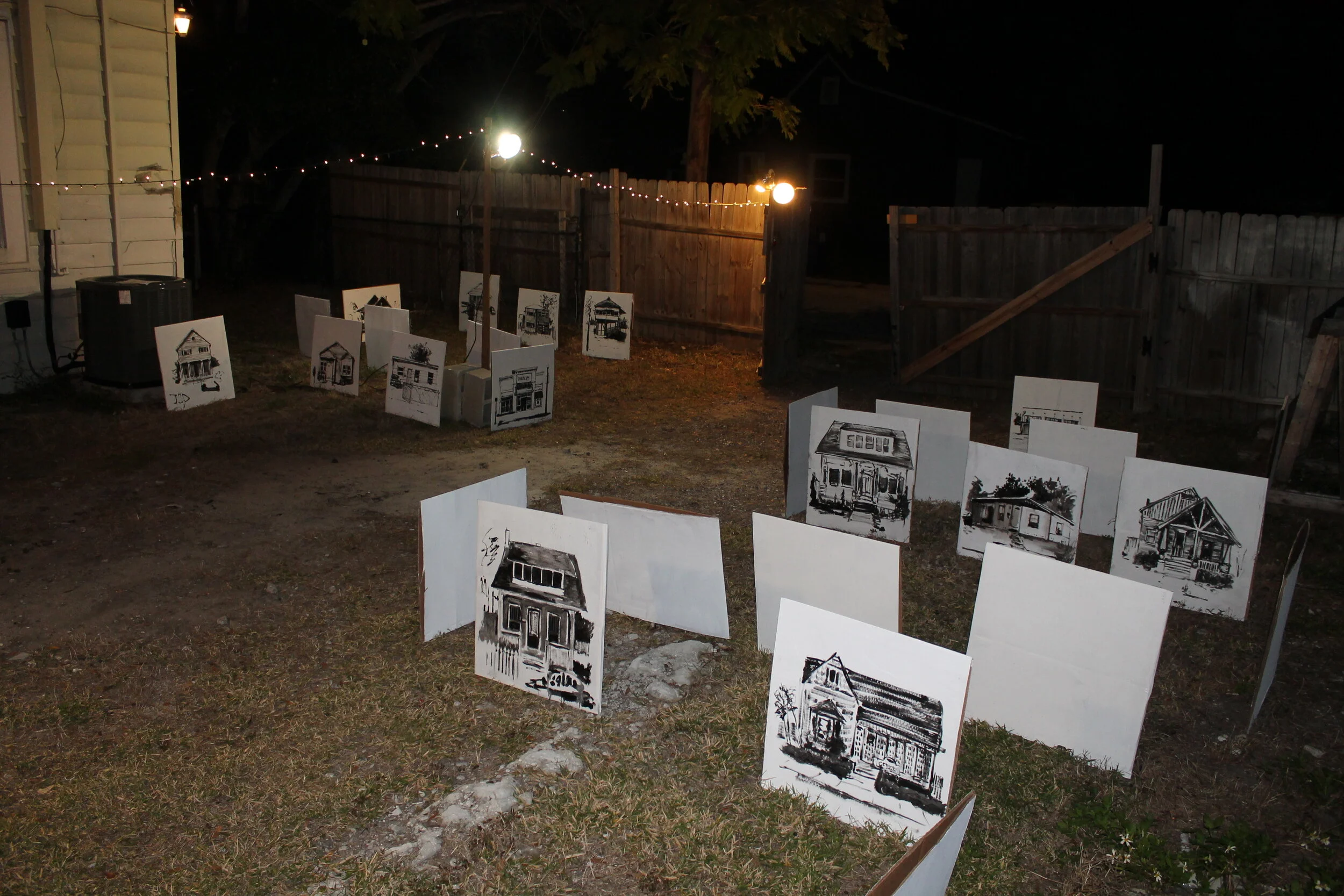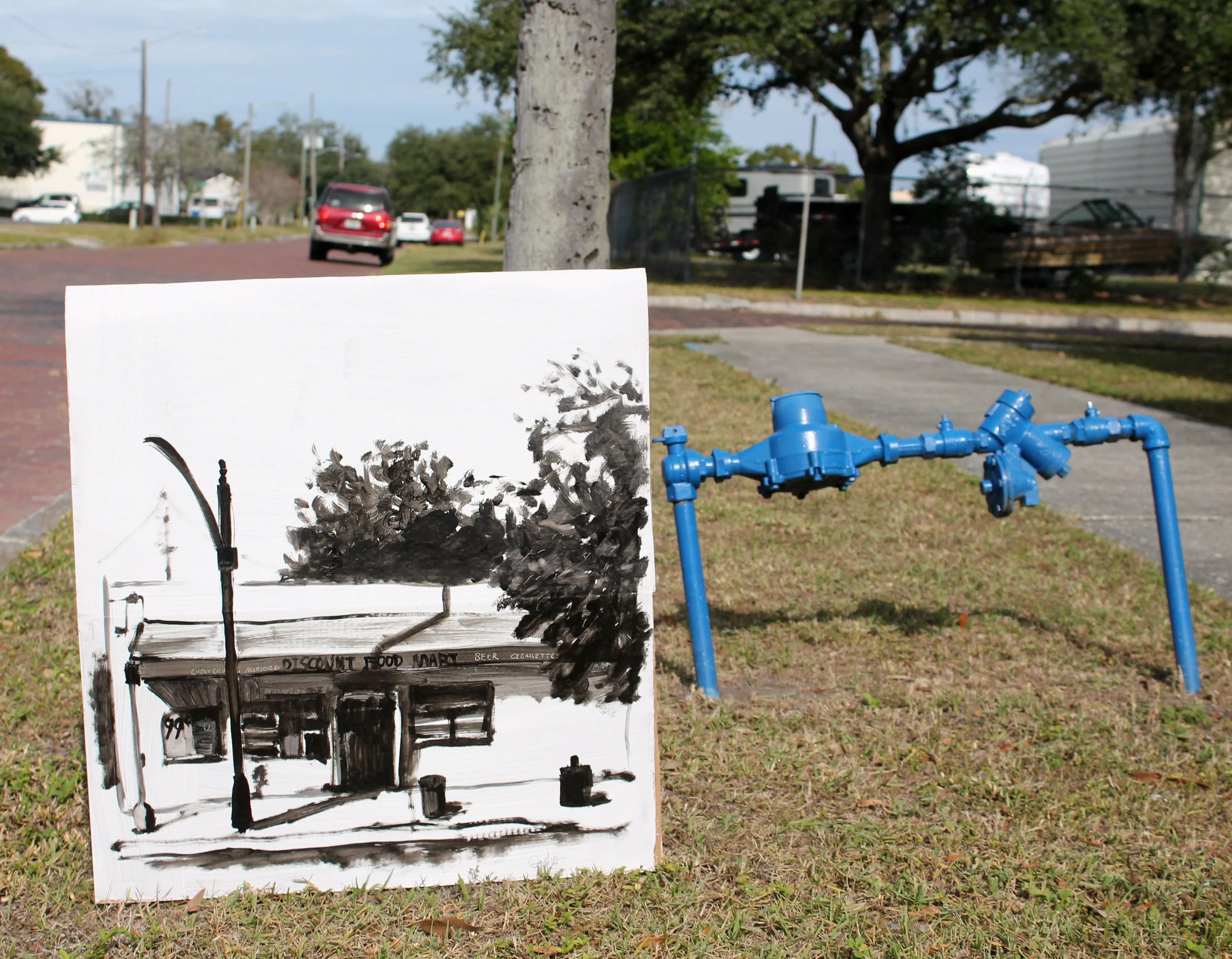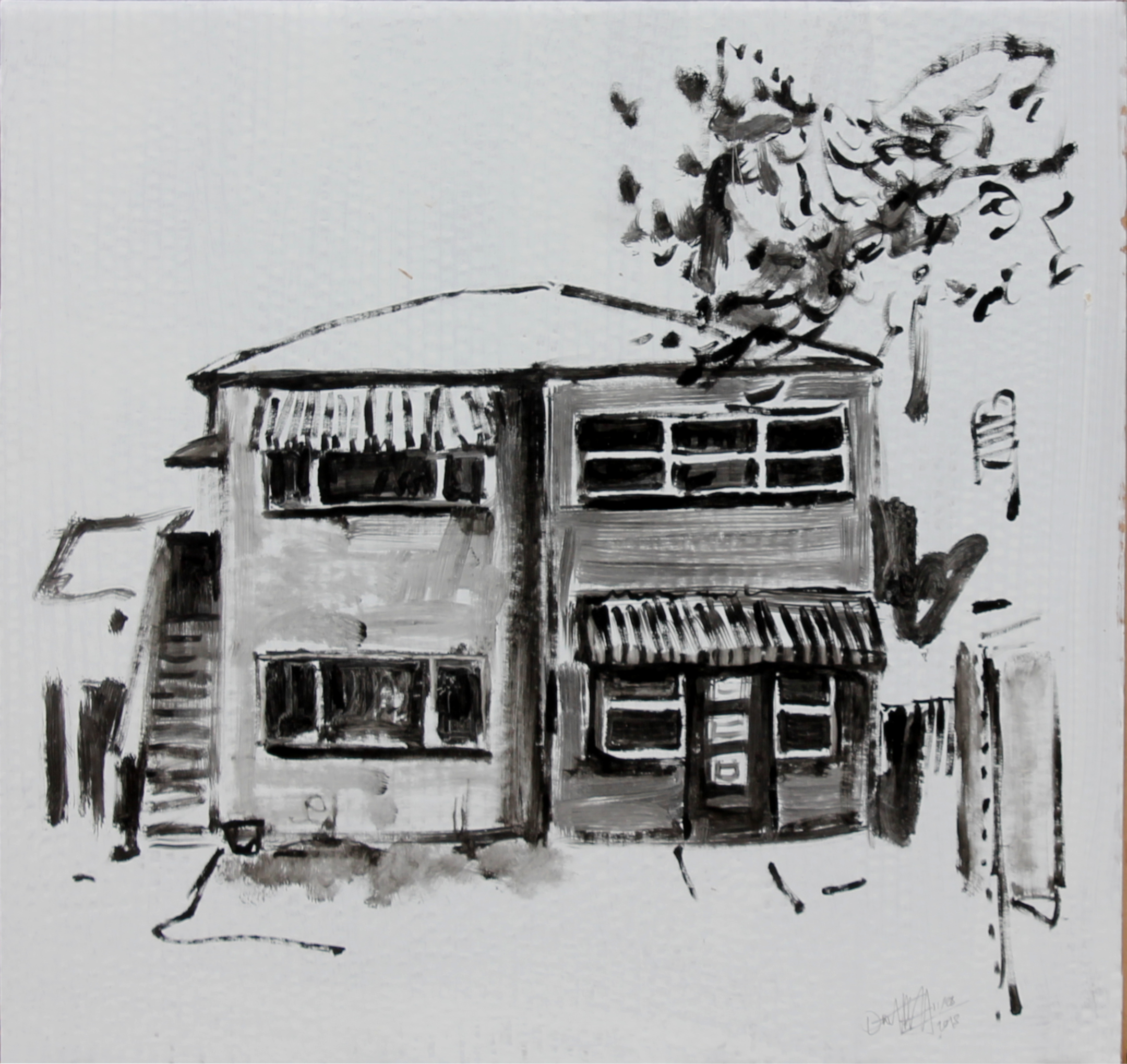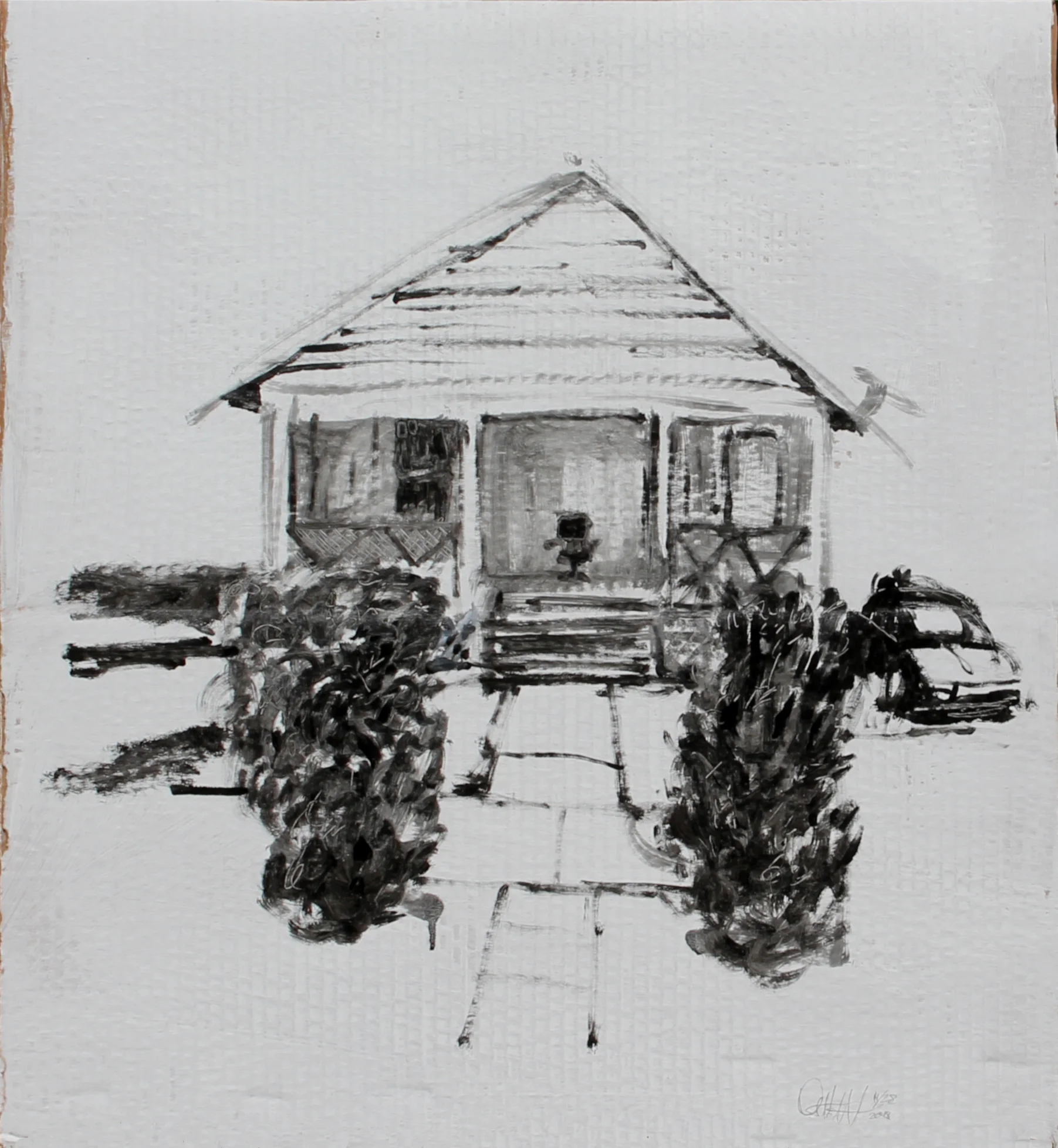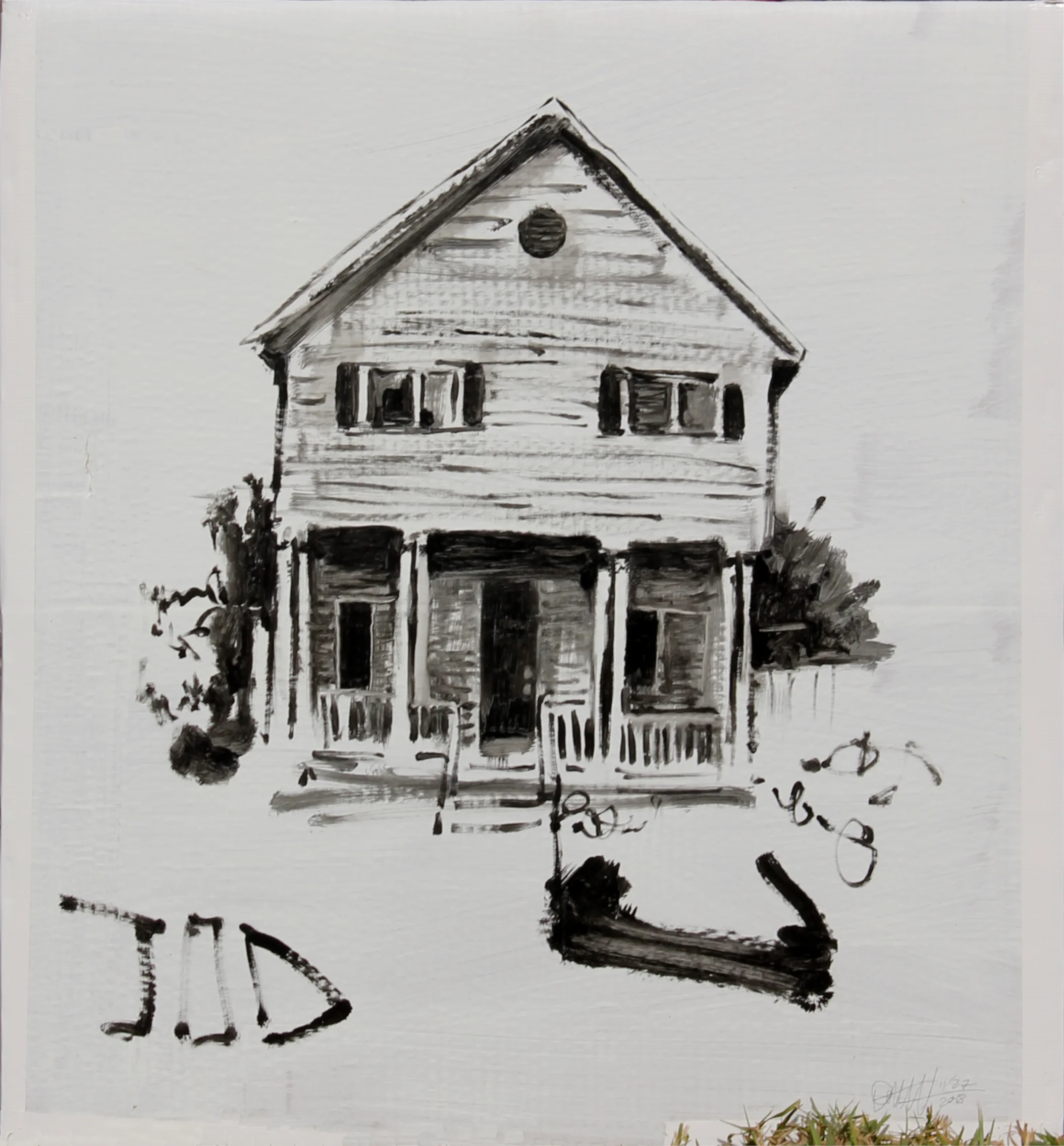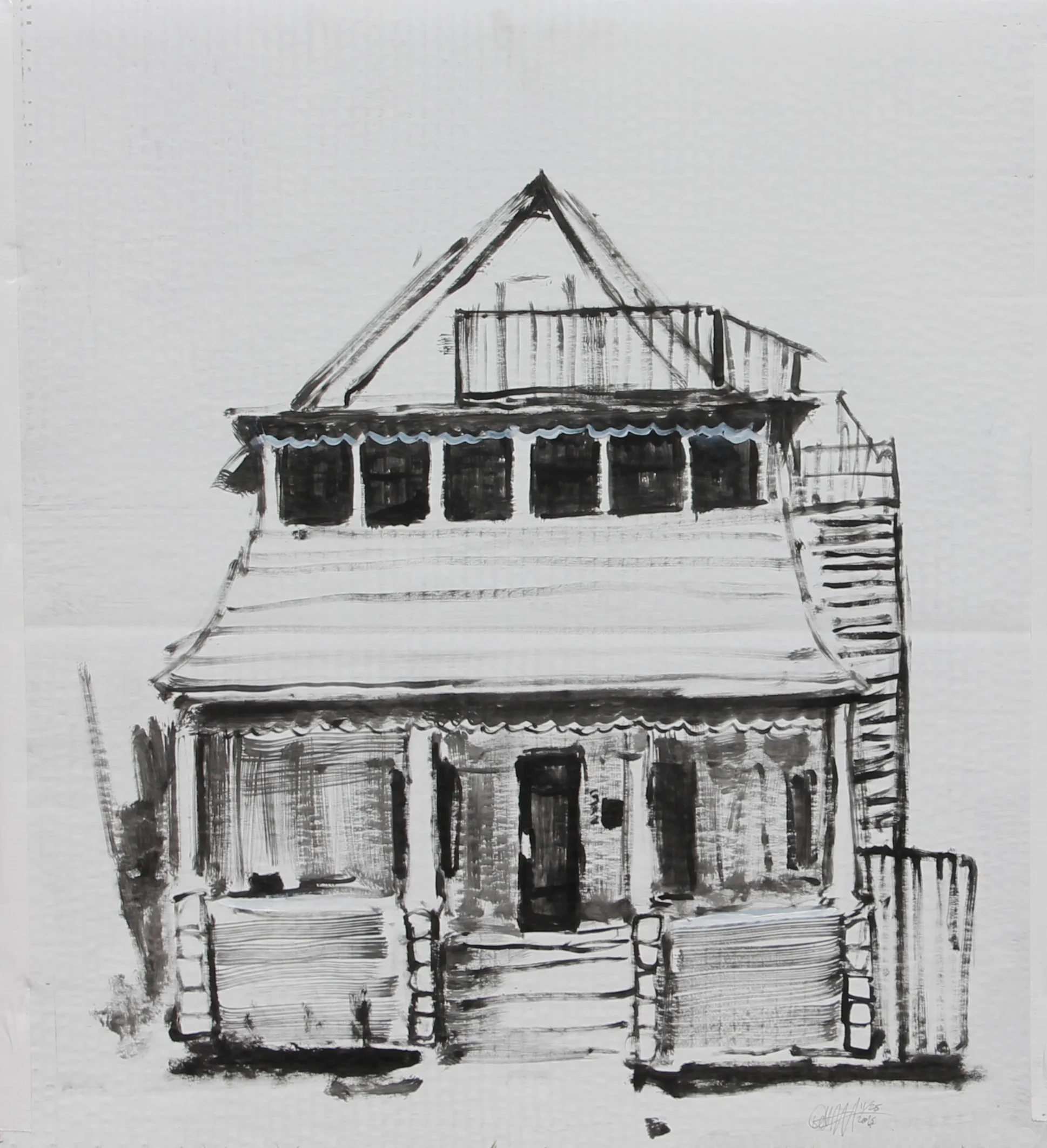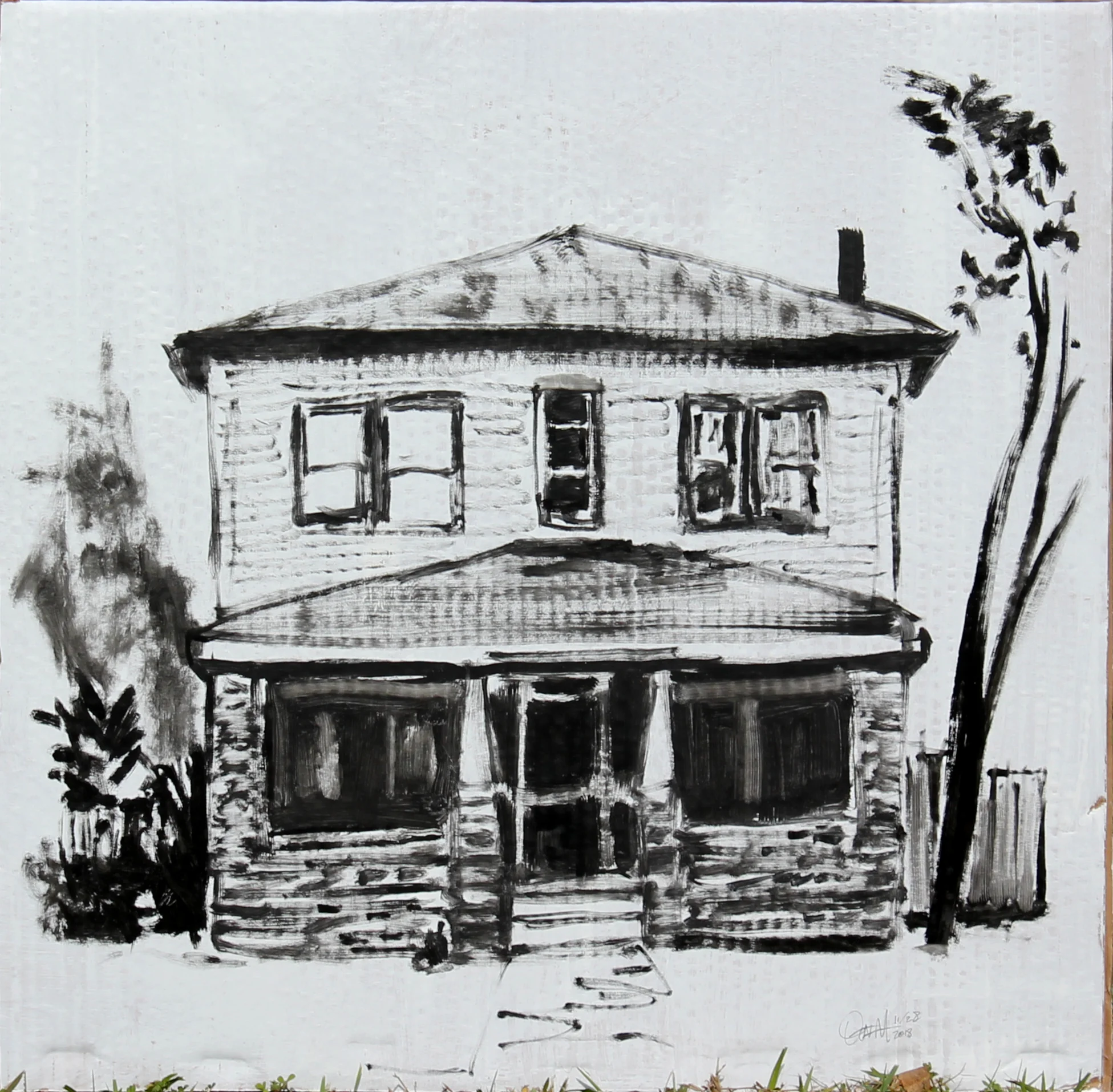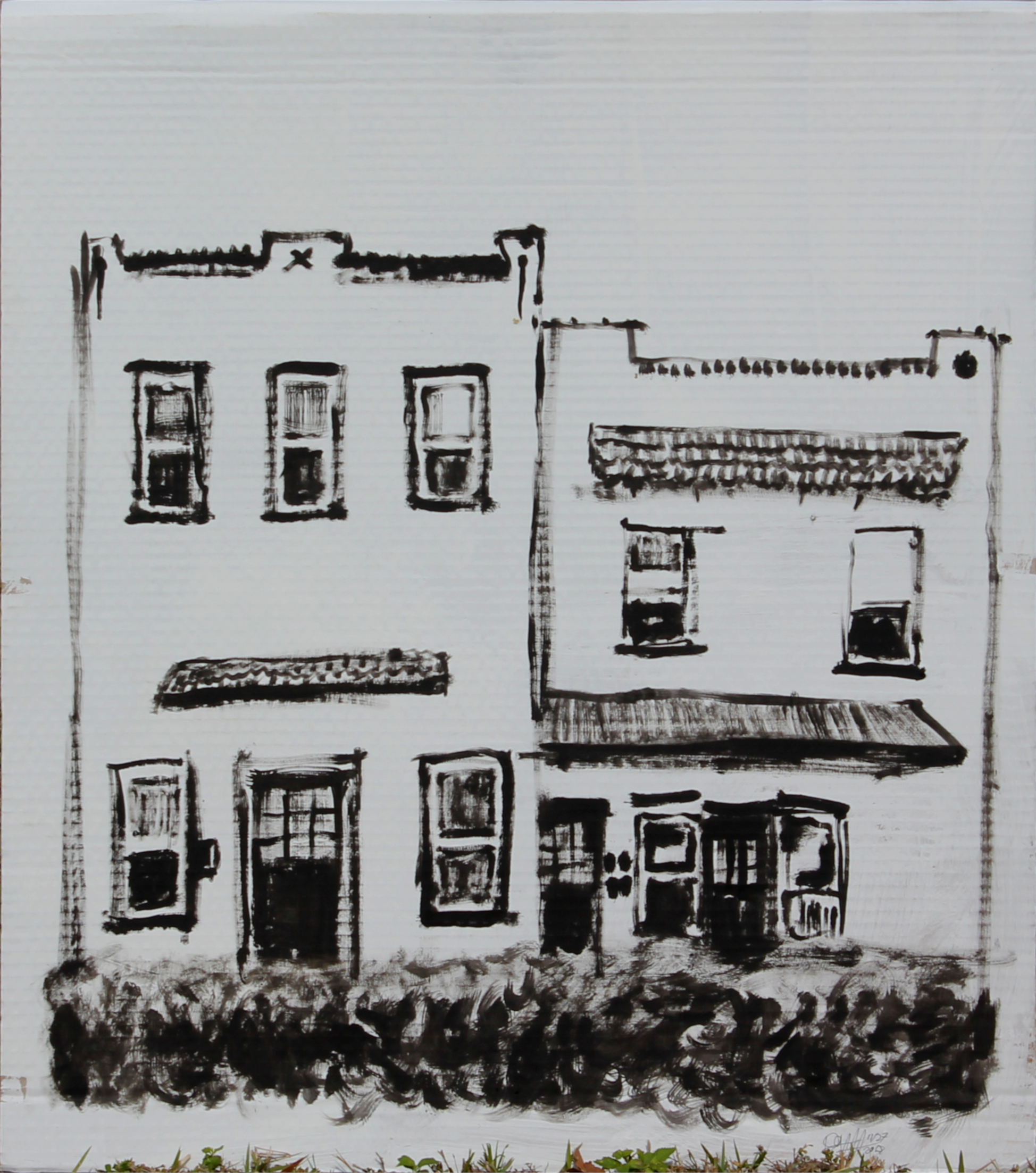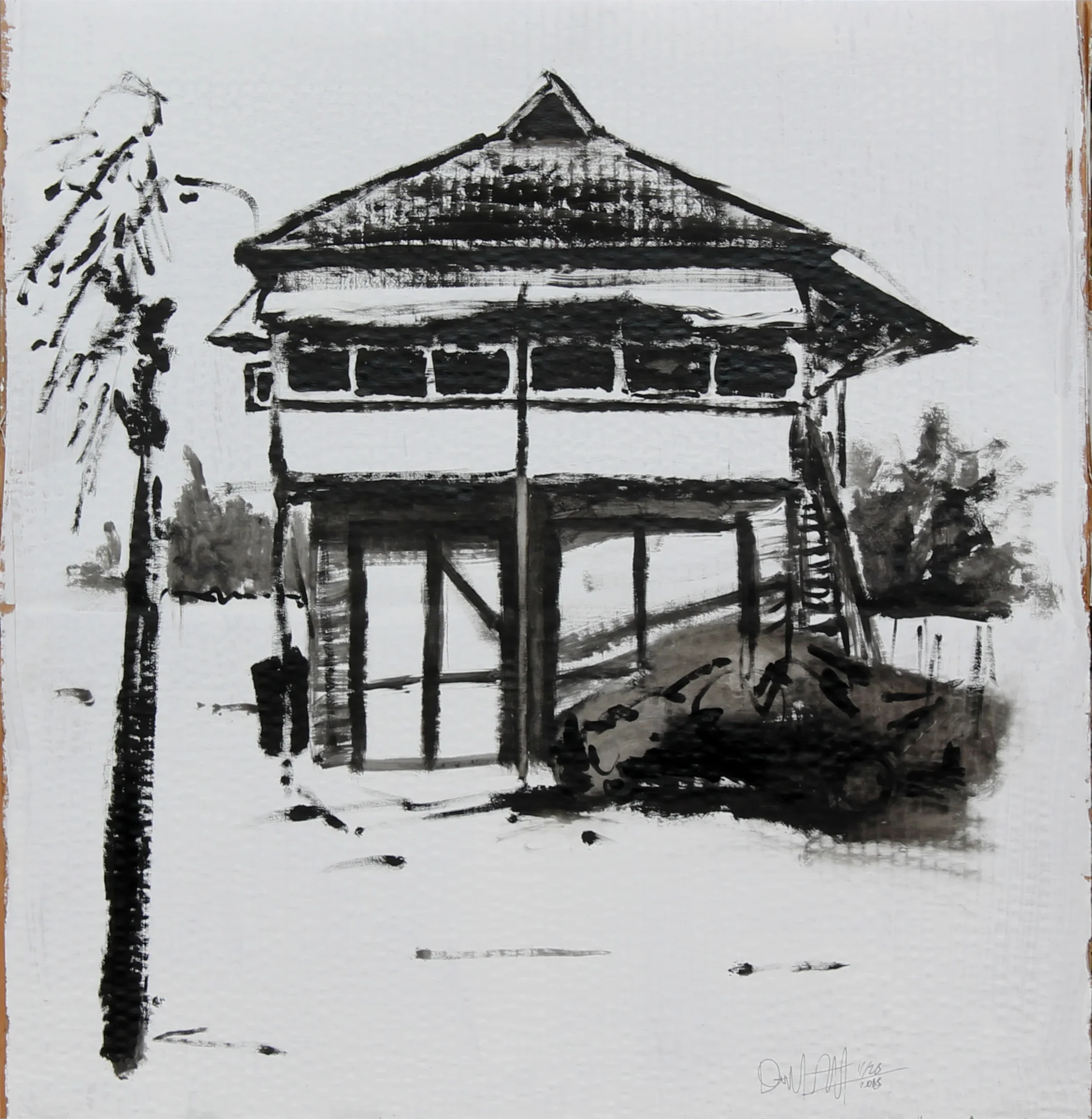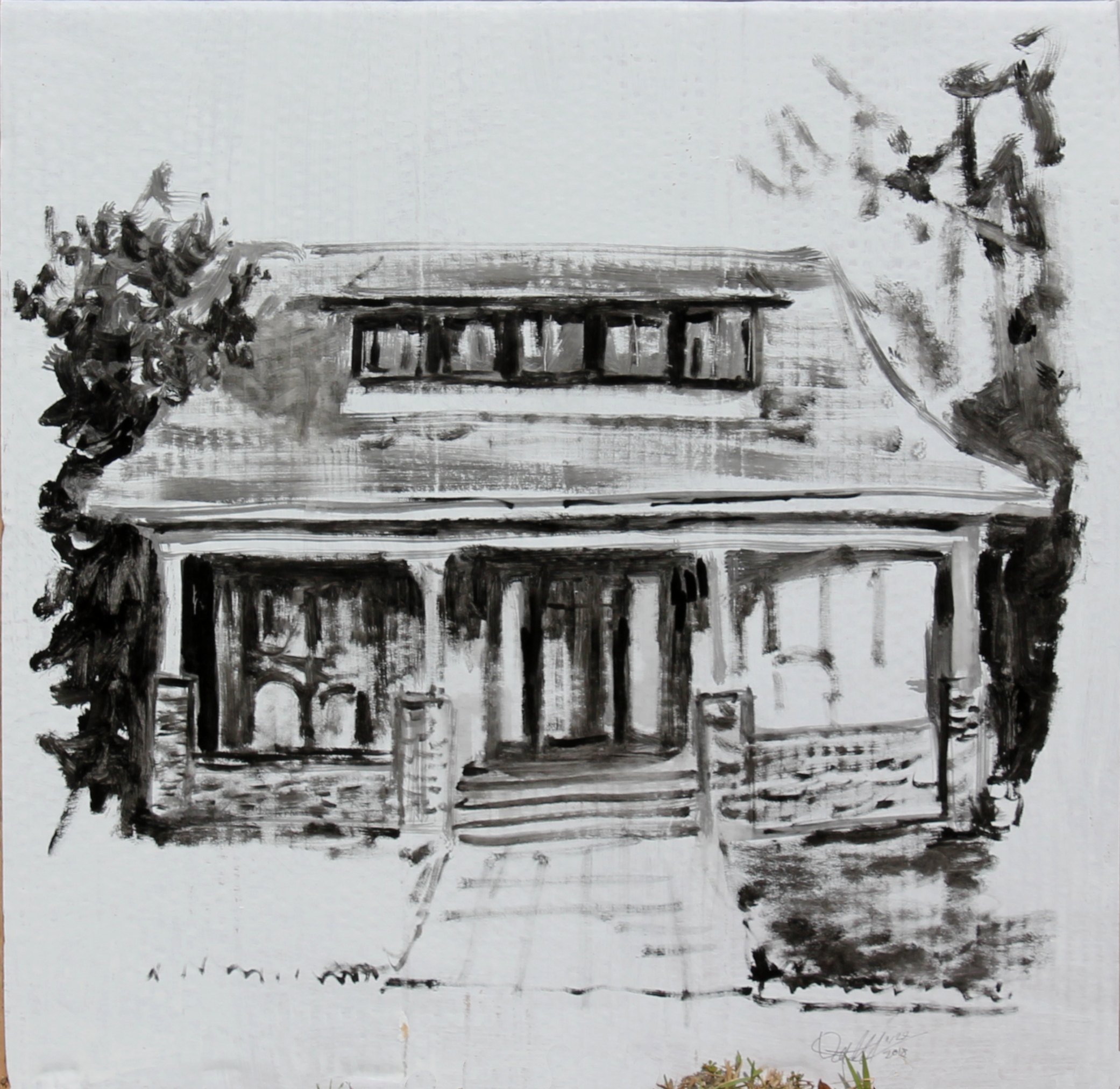The Neighborhood
Dobrow-Freeman Gallery, Jan 2019
Every year, people around the globe collectively and unknowingly reach a milestone. Coming earlier each year, Earth Overshoot Day marks the point where we have hit the limit for renewable resources after which we are burning past our capacity for the land to ‘heal’ itself. This takes form primarily in the use of carbon fuels and CO2 export into the atmosphere but also refers to soil decay, deforestation, mining, and the depletion of other so-called natural resources. In 2018, we hit the limit on August 1st.
In some way, we all know that our relationship to the earth and by extension to each other is unsustainable. In some way, we know this to be fact: The way things are now is unsustainable: the way we are now will end. Perhaps to keep ourselves whole, to keep ourselves normal, we bury this fact with lies: “perhaps we can find a way out” and “perhaps things will get better” despite that we know these feelings within our present framework are stubbornly unrealistic.
We know, collectively that something must be done, yet not only have we accelerated our destructive pace, we find ourselves trapped by the very system that feeds, houses, clothes, and completes us. Our system itself prevents meaningful positive change and intentionally props up illusory images of unrealistic expectations.
Suburbia is the city-planning manifestation of these unrepentant desires: that one is entitled to a house and property and driveway of their own. Suburbia shuns communal dwelling, communal transportation, and local food and water systems, preferring instead an atomized and spread-out nature more characteristic of a fungal growth or cancer.
The Neighborhood is my early burial site for such a way of living. A system that requires so many external resources is doomed. The Neighborhood is a reflection of our expectations as a society entombed to make space for more realistic dreams.
The Neighborhood consists of 27 cardboard cutout houses, modeled after local houses in the suburbs of St. Petersburg and arranged in a manner reminiscent of both a suburban stretch but also a graveyard. Entry into this location will be semi-gated, just as a hallowed space should be enclosed. Ideally, the fence will be painted stark white riffing off the iconic American white picket fence. The ‘houses’ will each be in rows suggesting neighborhood streets occasionally broken up by some light source (as a street lamp may do).
